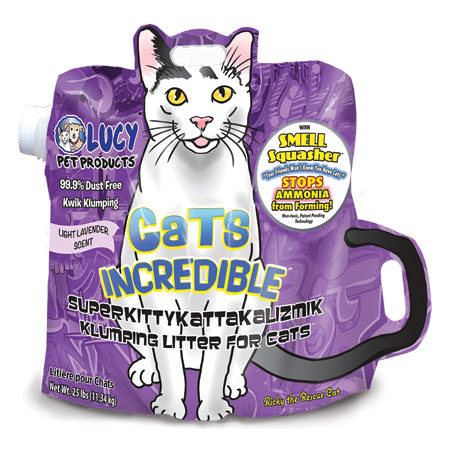

World’s First Cloned Cat Lived to be 18
CC, the first cloned pet, lived a “long, normal, happy life”—and even had kittens!

Named Copy Cat, or CC for short, the cat was the first successfully cloned pet with 100 percent genetic identity. She began her life at Texas A&M College of Veterinary Medicine & Biomedical Sciences as a result of ground-breaking cloning work undertaken by their researchers and was adopted by Dr. Duane Kraemer, a senior professor in the college’s Reproduction Sciences Laboratory, and his wife, Shirley.
CC made news with each birthday, as well as her pregnancy—CC was one of the first cloned cats to become a mother. At five years old, she gave birth to three kittens that lived with CC for the rest of her life, proving that cloned animals can live the same full, healthy lives as non-cloned animals, including being able to produce healthy offspring.
“While she lived a long, normal, and happy life, CC was extraordinary in what she represented to the Kraemers, the CVM, and science as a whole,” said Dr. Eleanor M. Green, the dean of Veterinary Medicine at Texas A&M. “The entire CVM community mourns her loss…especially the Kraemers, for whom CC was a beloved pet for 18 years.”
CC’s story starts with Dr. Mark Westhusin, a CVM professor and the principal investigator of the Missyplicity Project, a $3.7 million effort to clone a mixed-breed dog named Missy, owned by John Sperling, founder of the University of Phoenix.
With news coverage of this project, people across the US became interested in saving pet tissue for potential future cloning, resulting in the establishment of Genetic Savings and Clone (GSC), Inc.
Meanwhile, Dr. Westhusin and his Texas A&M team began to explore the cloning of cats.
CC was produced using nuclear transfer of DNA from cells of a female domestic shorthair named Rainbow.
The nuclear transfer proved successful and the embryos were transferred into a surrogate mother, who gave birth to a healthy kitten about two months later. Although the cats were identical on a genetic level, developmental factors led them to have slightly different colour distribution and coat pattern.
While CC represented a great advancement in genetic research, to the Kraemers, she was also a beloved family member.
“CC was a great cat and a real joy,” said Dr. Kraemer. “She was part of the family and very special to us. We will miss her every day.”
The research that led to CC’s birth kicked off a global pet cloning industry led by ViaGen Pets, which today clones cats for $35,000 and dogs for $50,000.
Join the newsletter and never miss out on cat content again!
"*" indicates required fields
By clicking the arrow, you agree to our web Terms of Use and Privacy & Cookie Policy. Easy unsubscribe links are provided in every email.






